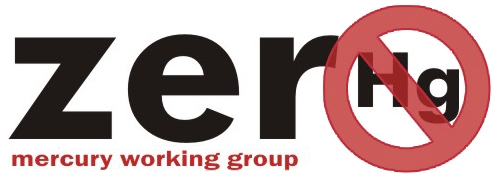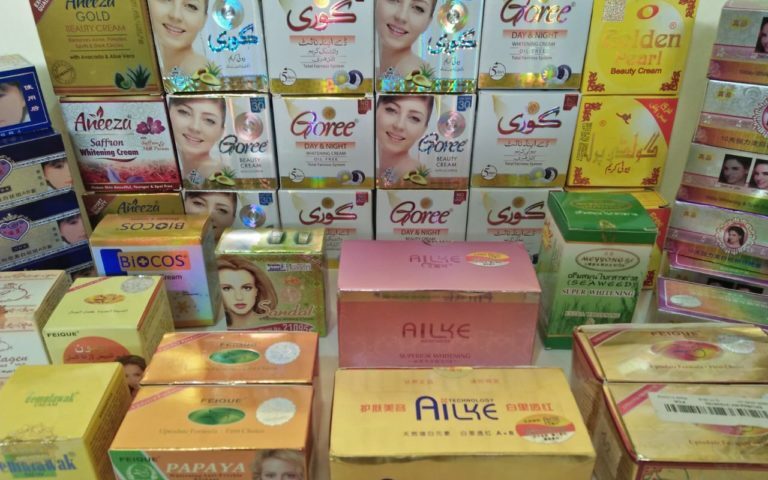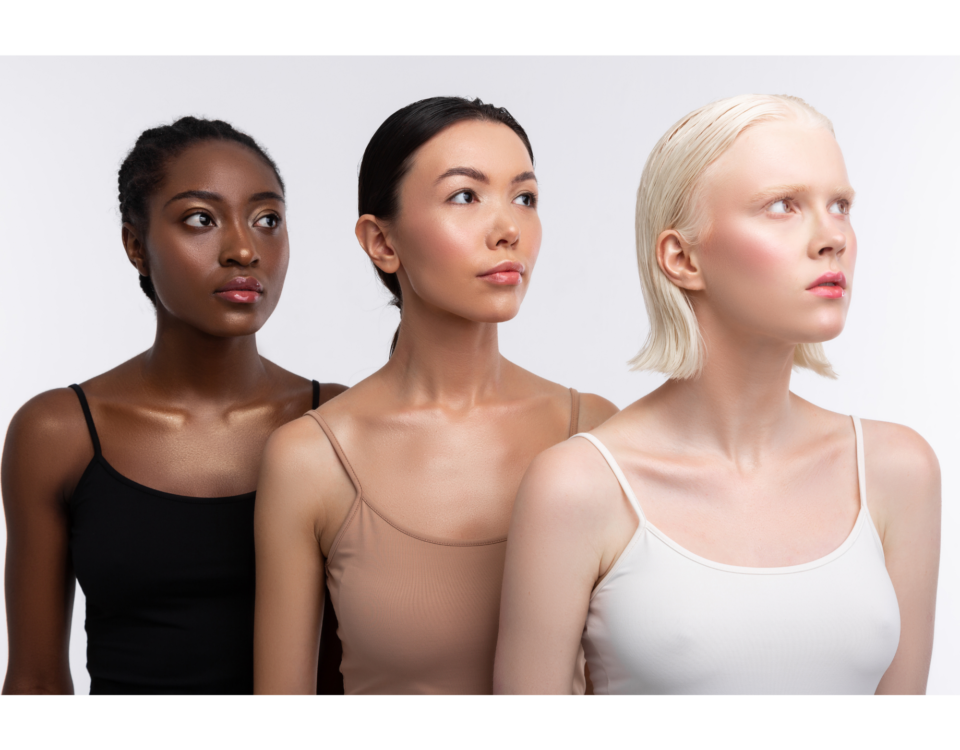Last week,147 Parties to the Minamata Convention on Mercury gathered in Geneva for the fifth Conference of the Parties (COP-5) and adopted a 2025 treaty phase-out date for mercury-added cosmetics.

Geneva, Switzerland—Last week,147 Parties to the Minamata Convention on Mercury gathered in Geneva for the fifth Conference of the Parties (COP-5) and adopted a 2025 treaty phase-out date for mercury-added cosmetics. COP-5 decisions also seek to address the manufacture and trade in mercury compounds and mercury-added cosmetics. These proposals were set forth by the African region, Canada, and the United States, respectively.
“Banning mercury-added cosmetics will help foster compliance, especially for Parties from Global South and facilitate more cost-effective market surveillance through handheld testing devices—rather than having to rely on lab testing,” said Michael Bender, Co-coordinator of the Zero Mercury Working Group (ZMWG). “We also applaud the U.S. proposal for commissioning a report for COP6 addressing topics such as phasing out sales and strategies for discouraging advertising.”
Under the existing Convention text, cosmetics with mercury concentrations above 1 ppm should have been phased out by 2020. However, the continued production and trade of these toxic skin lighteners has presented enforcement challenges, as detailed last month in a new ZMWG Report. This was further reinforced when the Environmental Investigation Agency (EIA) released an undercover investigation last month that identified ammoniated mercury as one of the key mercury compounds that is being intentionally added to skin lighteners.
“For too long, communities of color have suffered from toxic skin lighteners, which despite controls under the Convention, continue to be produced globally,” said EIA US Campaign Director, Avipsa Mahapatra. “Last week Parties took decisive action to strengthen enforcement and close the door on these dangerous cosmetics, rooted in racism and colorism.”
The EIA report identified chemical companies, including in the U.S. and Europe, that sell ammoniated mercury to cosmetics manufacturers in Thailand, Jamaica, and Pakistan, who then add this toxic compound into skin lightening products that are subsequently shipped and sold around the world, often through online sales. The new reports commissioned at COP-5 will investigate the production and trade of mercury compounds and gather information to better understand the enforcement challenges of banning the manufacture and trade of toxic skin lighteners.
“In New York City, we are seeing skin lighteners with mercury levels up to 27,000 ppm,” said Dr. Micaela Martinez, Director of Environmental Health, WE ACT for Environmental Justice. “Mercury-added skin lighteners are both an environmental justice and a reproductive justice issue. Mercury is a neurotoxin that can harm the health of the person exposed, but it can also impact the developing fetus during pregnancy and can be trans-generationally transferred through breast milk.”
Targeted advertising, social media, and peer pressure can push people of color to embrace Eurocentric standards that favor “lighter” skin. These beauty standards not only cause societal and psychological harm to health and well-being, but also present serious health risks not only to the user but those living in the same dwelling due to mercury’s ability to vaporize and spread.
You can find the EIA PR here.
Link to the UN press conference.
###
For media inquiries contact:
Avipsa Mahapatra
EIA US Campaign Director
Environmental Investigation Agency
Micaela E. Martinez, Ph.D.
Director of Environmental Health | Director de Salud Ambiental
WE ACT for Environmental Justice | WE ACT por Justicia Ambiental
Michael T. Bender
Zero Mercury Working Group
+1-802-917-8222





